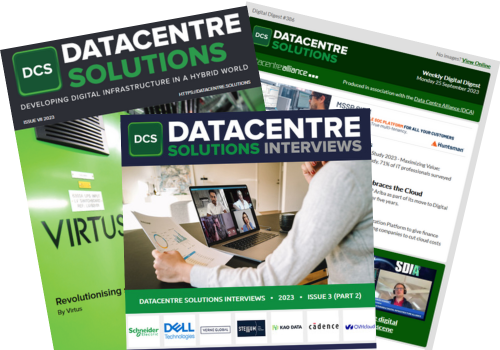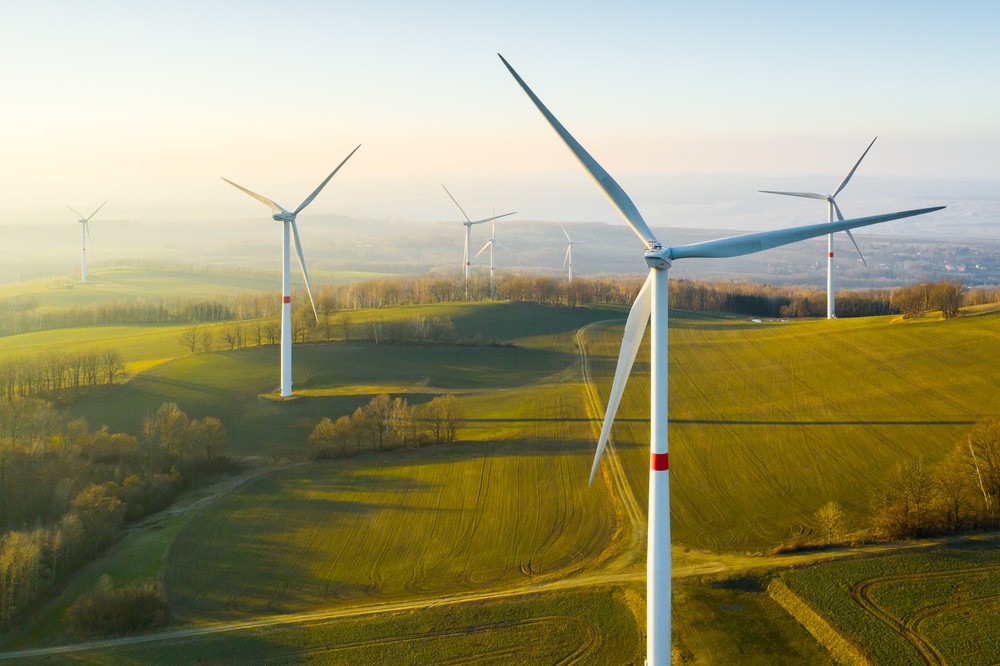The UK’s digital infrastructure plays a vital role in the country’s economic growth. According to Cloudscene, the digital economy contributes around 8% of the country’s GDP, generating over £65 billion gross value added (GVA). No wonder that successive governments have made digital growth a core feature of the economy. As critical building blocks of the digital economy, data centres will need to keep pace with the explosion in power-intensive workloads being generated from cloud computing, IoT, machine learning and artificial intelligence.
For some time, the expansion of data centres has been subject to a ‘perfect storm’ of converging events that present real challenges to growth – from planning barriers to demands for greater energy efficiency and sustainability. Business leaders are increasingly focused on the role of data centres in their supply chain emissions to account for their upstream Scope 2 and 3 carbon footprints . But the overriding issue for hyperscalers and data centre operators is grid capacity.
Applications made to Distribution Network Operators (DNOs) or the National Energy System operator (NESO) today are being given connection dates that are 10 to 15 years in the future. This delay puts projects – and investment – at risk. When your business plan is centred on having X-number of megawatts (MW) or a volume of data centre capacity set up and running in a certain timeframe, being unable to connect to the grid for a decade is clearly a problem. It’s more than a problem for the enterprise, it’s a problem for the broader economy.
The UK is an attractive location for data centres because of its political, economic and energy stability. Without connectivity at the scale and pace needed by the digital sector, investment in new projects will be redirected into countries in Europe and further afield where it’s easier to find sites with suitable power and connection timescales.
Also, as we progress towards a zero-carbon economy, we are connecting more renewables to the grid, adding to the connections queue which is currently standing at 800 gigawatts. This is all taking place as data centres are becoming more prevalent and larger.
In short, data centres are waiting longer than ever for larger power connections, at a time when we’ve effectively topped out the grid in terms of capacity… the perfect storm. The light on the horizon, however, is that there are solutions to overcome these challenges, if you know where to look and who to work with.
The difference is in the ‘I’ of the beholder.
Independent Distribution Network Operators (IDNOs) are perfectly equipped to unlock opportunities for data centre operators to connect to the grid. Introduced in 2004 to increase competition in electricity distribution, IDNOs, like DNOs, design, own, operate and maintain electricity networks in the UK. Also, like DNOs, they are licensed by Ofgem.
The difference lies in the ‘I’ of IDNO. ‘Independence’ means that IDNOs are not restricted to a geographical part of the UK as DNOs are. They can operate nationwide and can be more flexible about how they interpret the standards set by DNOs, which vary from region to region. Because IDNOs operate in a competitive market, they have to have more of a customer-focus than DNOs. This means that they can adapt and adjust to market challenges in a way that DNOs aren’t incentivised to do. They can suggest innovative ways to overcome the challenges and simplify the complexities of getting connected to the grid.
Naturally, IDNOs with experience of helping data centre customers connect to the grid will understand HV connections. The effective ones will offer additional advantages, like making a capital contribution, value engineering the grid connection as well as design expertise to match the substation footprint around the needs of a specific site. They can also apply learned experience from energising other sectors.
It's often the less technical aspects of power projects that have the biggest impact on whether a project is viable or not. Successful IDNOs must have the ability to build strong relationships with stakeholders across the whole power ecosystem; the transmission and service operators, DNOs and National Grid, grid consultants, renewable developers, and more. They typically build a deep understanding of not only who to deal with among the different organisations, but importantly how to deal with them.
The really effective IDNOs do all of this in a way that is designed to help the data centre customer by providing the right advice in an open and transparent way. Ultimately, the data centre operator needs to convince investment communities of the value and viability of their project. So, the IDNO needs to distil and crystalise both the problem and solution in a language that makes it easy for the client to sell internally.
The strength of the relationships mean that they can negotiate with the DNO and National Grid to get the best solution for their customers and introduce innovative ways to solve connectivity challenges.
Unlocking the queue
Given the challenges of connecting to the grid, IDNOs like Eclipse can operate independently as ‘power-brokers’ to unlock the queue. While there is no silver bullet or any single solution to fit all situations, a customer-centric IDNO has the commercial drive to find solutions. IDNOs are ideally suited to finding the best solution and bringing the right people together. That can involve putting the investors together with the people who need to build data centres; the grid experts with the people who have the connections; the landowners who want to do something with their land options; the grid consultants and designers; the renewable generation developers. And bring all of this together to make as many projects viable as possible by taking advantage of what is already in the grid queue. There's no sense getting in the back of the queue, at 800 gigawatts and counting, there's too much in it.
An IDNO looks for the nuggets that are already in the queue that are suitable for a data centre project. Many of the renewables projects in the connections queue are for battery storage. Ofgem, government and NESO forecasts point to the UK needing 200 gigawatts of capacity to support the energy transition. That means only a fraction of the 800 gigawatt pipeline of projects will actually connect. Some of these will be looking to switch into data centre opportunities and use their place in the queue as an incentive. Additionally, data centres have large UPS battery facilities that can be used as export capacity to support the grid – essential as more variable renewable energy sources come online. So, the right power-broker in the form of an IDNO can help unblock the connections queue and increase the penetration of renewable energy in the grid.
The common denominator
Data centres will continue to innovate to decarbonise and find new ways to work collaboratively with the grid. IDNOs are a common denominator within the highly complex equation, as they connect all of the constituent parts. It simply makes sense for any data centre developer and operator to have an IDNO inside their camp.
Working with a skilled IDNO ensures that appropriate relationships are in place so that hyperscalers and data centre operators are released from the constraints that threaten to hold back delivery of their potential for the whole UK economy.
Opening the DNO market up to competition has given the sector a fresher, faster route to solving energy connectivity challenges. The transmission network is crying out for more competition to drive regulatory and industry change. This would enable customers to connect to the network faster and more efficiently and is the natural next step that would revolutionise energy in the UK.
Electricity connections designed for data centres.









